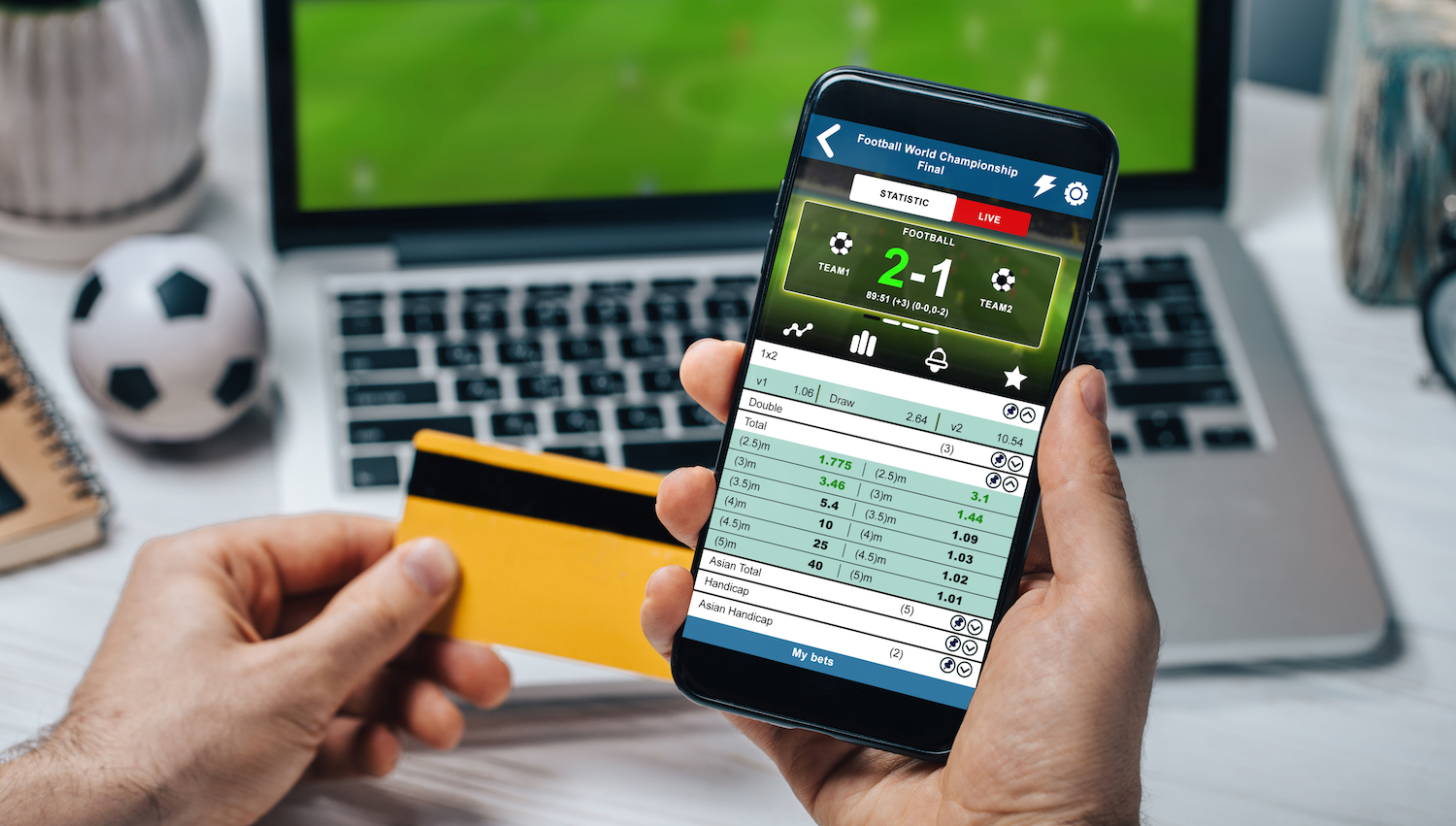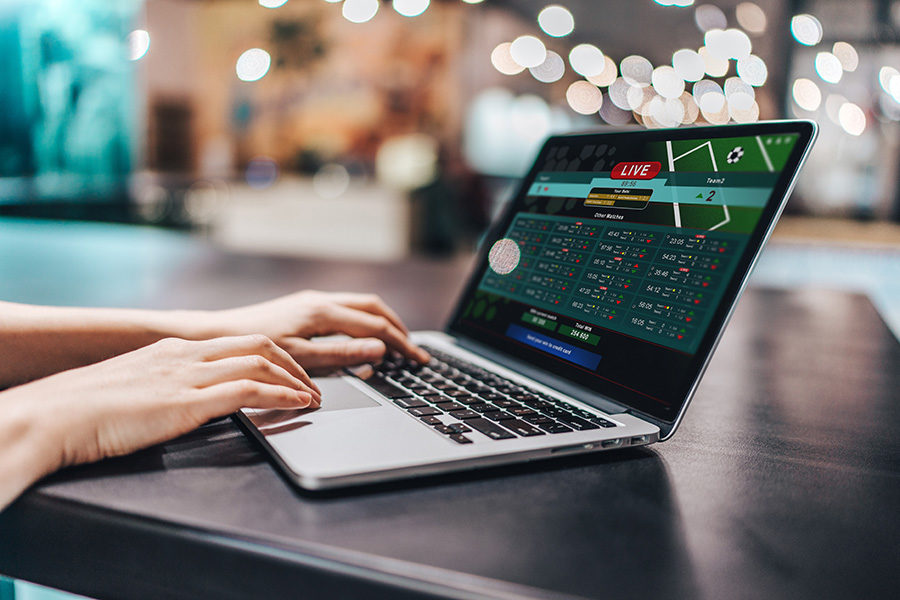A betting exchange has revolutionized the wagering landscape by enabling bettors to trade bets directly with one another, bypassing traditional bookmakers. Understanding how odds function within these platforms is essential for anyone looking to maximize their betting strategy.
What Is a Betting Exchange?
A betting exchange is a platform where individuals can bet against each other on various outcomes, such as sports events. Unlike traditional bookmakers, betting exchanges allow users to propose and accept bets from fellow bettors, offering greater flexibility and often more competitive odds. This peer-to-peer system operates similarly to financial markets, where participants buy and sell positions based on their predictions.
The Mechanics of Betting Exchange Odds
In a betting exchange, odds are determined by the users themselves rather than being set by a bookmaker. There are two primary types of bets: ‘back’ bets and ‘lay’ bets.
- Back Bet: This is a traditional bet where you wager on a specific outcome to occur. For example, betting that Team A will win a match.
- Lay Bet: Here, you bet against a particular outcome happening. Using the same example, a lay bet would involve wagering that Team A will not win (i.e., they will either lose or draw).
The odds on a betting exchange fluctuate based on market dynamics, influenced by the amount of money wagered on each outcome. The market adjusts as more users place back or lay bets at certain odds, reflecting the collective sentiment and information available.
Calculating Implied Probability from Odds
Understanding the relationship between odds and implied probability is crucial for informed betting. The implied probability indicates the likelihood of an event occurring as the odds suggest. It can be calculated using the formula:
- Decimal Odds: Implied Probability (%) = (1 / Decimal Odds) × 100
- Fractional Odds: Convert to decimal odds by dividing the fraction by one and applying the formula above.
Example:
- Decimal Odds of 2.50 imply a probability of (1 / 2.50) × 100 = 40%.
- Fractional Odds of 3/1 (or 3-1) convert to decimal odds of 4.00, implying a probability of (1 / 4.00) × 100 = 25%.
Recognizing these probabilities helps bettors assess the value in the odds offered.
Market Dynamics: Supply and Demand

The principles of supply and demand heavily influence the odds on a betting exchange. When many users back a particular outcome, the demand increases, potentially lowering the odds due to higher confidence in that result. Conversely, if more users lay an outcome, suggesting skepticism about its occurrence, the odds may rise to attract backers.
This dynamic creates a constantly shifting market where odds reflect real-time sentiment and information. Savvy bettors monitor these fluctuations to identify opportunities where the odds may not accurately represent the true probability of an event, allowing them to place value bets.
Commission Structure
While betting exchanges do not set odds or take positions against bettors, they generate revenue by charging a commission on net winnings. This commission varies between platforms but typically ranges from 2% to 5%. It’s essential to factor in this cost when calculating potential profits, affecting the overall return on successful bets.
Advantages of Betting Exchanges
- Better Odds: Without the built-in margin of traditional bookmakers, betting exchanges often provide more favorable odds.
- Flexibility: The ability to both back and lay bets offers greater strategic options for bettors.
- Transparency: Real-time odds fluctuations reflect genuine market sentiment, providing insights into collective betting behavior.
Considerations and Risks
While betting exchanges offer numerous benefits, they also come with considerations:
- Liquidity: Popular events typically have high liquidity, meaning it’s easier to match bets. Less popular events may have lower liquidity, making placing larger wagers at desired odds challenging.
- Complexity: The ability to lay bets introduces additional complexity, requiring a solid understanding of the mechanics to avoid unintended losses.
- Market Manipulation: As with any market, there is potential for manipulation, where individuals attempt to influence odds to create perceived value.
Conclusion
Betting exchanges have democratized the betting industry by allowing individuals to set and accept odds among themselves. Understanding how these odds work, influenced by market dynamics and user behavior, is crucial for anyone looking to engage effectively with these platforms. By grasping the mechanics of back-and-lay bets, calculating implied probabilities, and recognizing the impact of supply and demand, bettors can navigate betting exchanges with greater confidence and strategic insight.


